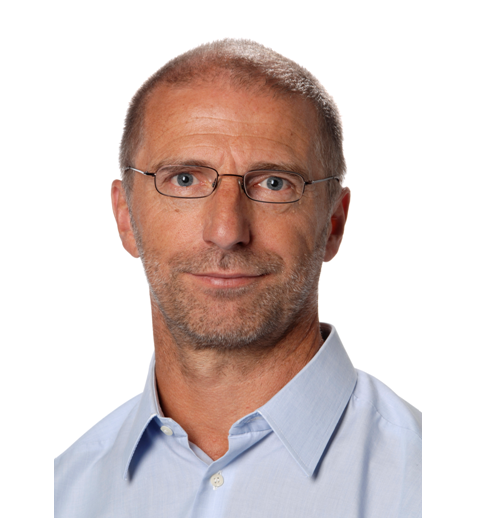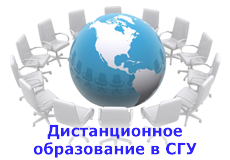SPIE Short Course:
Fluorescence Guided Procedures and Photodynamic Therapy in Neurosurgery

PD Dr Ronald Sroka
LIFE-Center at Department of Urology at Hospital of University of Munich, Munich, Germany
This lecture gives an introduction about the application of photoactive drugs and their use for fluorescence guided resection, optical guided biopsy and photodynamic therapy in neurosurgery. Besides the medical needs, requests and boundary conditions the physics and technical research and developments will be presented aiming in clinical applications. Preliminary study results as well as the potential of optical dosimetry concepts based on light-tissue interaction and light-photosensitizer interaction are included summarizing the latest developments in this field.
The lecture will be sub-divided into two parts:
1. Fluorescence in Neurosurgery
After description of the clinical needs in neurosurgery, and the possibilities of receiving a selective accumulation of the photosensitizer in the target tissue, the newest development of fluorescence detection techniques (e.g. fiber based, imaging) according with their limitations and potentials will be presented. The development of such technologies will be described based on simulations, phantom based experiments as well as on the influences of the optical properties of the tissue.
2. PDT in Neurosurgery
After description of PDT, the technological developments for sufficient illumination of resection cavities and tumor volumes will be presented. Regarding this, specific recommendations to the illumination systems should be fulfilled and their technical solutions are presented. Furthermore the importance of optical feedback together with potential optical technological solutions will be described resulting in a dosimetry concept for clinical availability.
Learning objectives
This course will provide the participants with:
basic knowledge of PD and PDT using ALA-induced PPIX
basic knowledge of fluorescence technologies useful in clinical environment
basic knowledge of fiber technologies useful for clinical PDT
understanding the importance of optical feedback for light dosimetry concepts
state of the art of PD and PDT for clinical applications.
Intended audience
Master and PhD students, postdocs, scientists from various disciplines, e.g. physicists, biologists, chemists, engineers, biomedical scientists, and clinicians.
Course level
Intermediate
Short Course duration
Half a day
Instructor
Ronald Sroka is the head of the Laser-Forschungslabor (LFL) (Laser-Research Laboratory) at LIFE-Centre of University Hospital Munich since 2010. As physicist he received PhD degree at the Medical Faculty of the University Munich in 1992 and habilitation degree in 2014. Since 1986, he was mostly engaged in the research and development of fluorescence diagnosis, Photodynamic Therapy (PDT) and laser surgery in nearly all medical disciplines focusing on the translational technical implementation of several laser applications into the clinics (e.g. Urology: laser lithotripsy, PDT of prostate cancer, BPH vaporization and enucleation; ENT: laser assisted tonsillotomy and nasal applications; phlebology: endoluminal laser ablation of varicose vein; GI: PDT of Barrett cancer). Ronald Sroka gained experience in project management as principal investigator with several national bi- or multilateral projects, as well as interdisciplinary and translational research projects of clinical relevance. Apart from a long publication list (n> 110 peer-reviewed, cites >3500, h-index 34) and 9 patents, he is the General Secretary of the German Society of Lasermedicine (DGLM e.V.), associate editor: Biomedical Optics Express, executive member of the ELA, member of the steering committee of World of Photonics Munich, organizer, co-organizer and chair of several international and national conferences and finally serves as reviewer for several lasermedicine- and biophotonic-related Journals. Since 2015 he was honoured by Adjunct-Professor of : Tongji University Shanghai, China as is with the Advisory Board of Institute of Photomedicine, Tongji University Shanghai, China. Furthermore he has been elected as senior member of SPIE.







